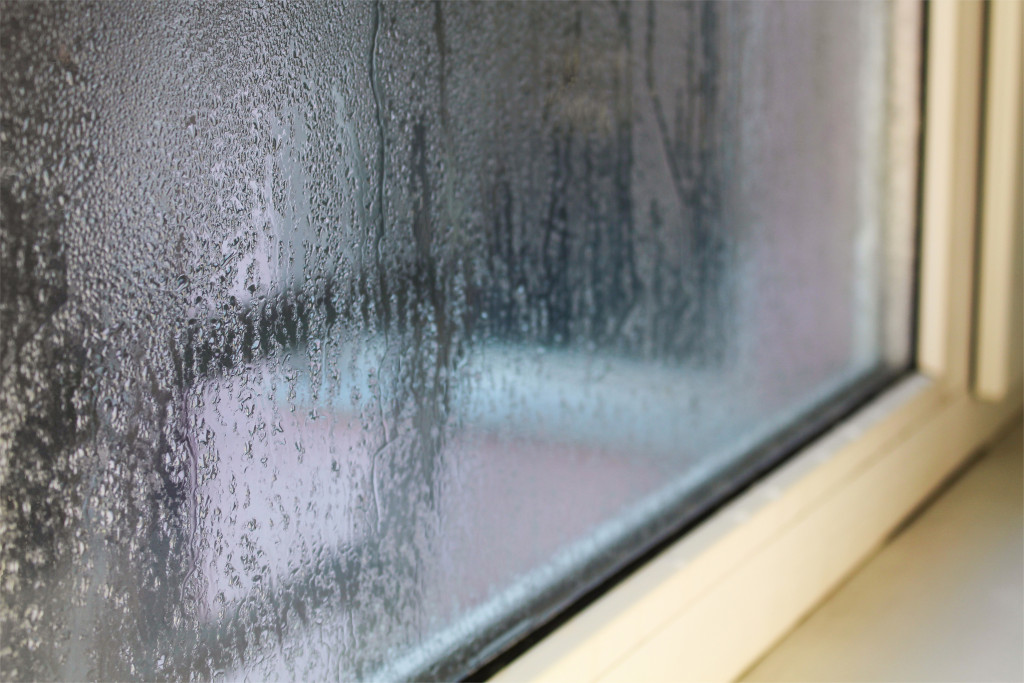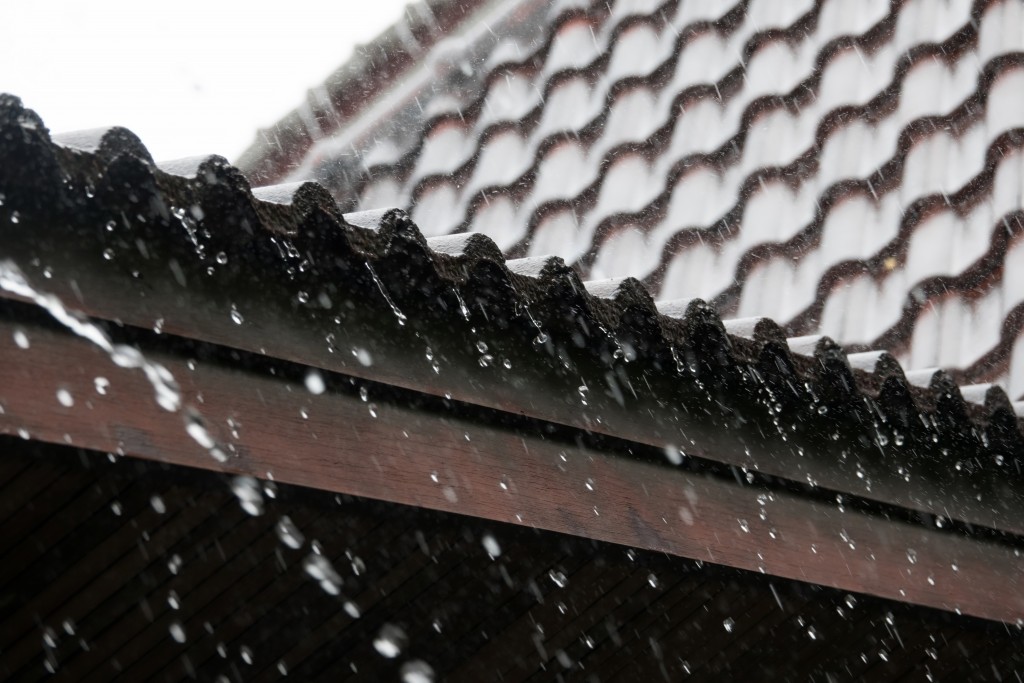Homeowners are often annoyed by stormwater runoff. This is rainfall that flows from elevated areas such as rooftops, hills, and mountains. It then spreads and seeps into the ground surface. In urban areas, stormwater runoff is the number one cause of stream impairment. It also floods gardens and yards that are not prepared for the amount of water from the roof. The runoff water also brings wood chips, grass clippings, and debris, which pollute public waters and natural waterways.
Fortunately, there’s a way for homeowners to divert the stormwater runoff from polluting public waters and overwhelming storm drains. With landscaping methods and gardening solutions, the runoff can be utilized to grow plants instead. The natural filtering method of the soil can help remove the pollutants from the runoff. However, anyone trying to design the yard or garden should make sure that the runoff can spread over a larger area and not saturate one area alone.
Trench
Homeowners and their contractors can build a trench along the area where the runoff water usually falls. The trench will either lead to a dry well or a chamber of perforated pipes (similar to a septic drain field) that can distribute the water to a rain garden. To build a trench, the contractor needs to excavate a path around the house or the area where the runoff water builds up.
Paving materials will cover the inside of the trench so water can seep into the ground but not overwhelm the soil. The contractors would also need to call their galvanized trench grates suppliers. The grate will help filter out trash from entering and clogging the trench. Clogged trenches are more problematic because it could lead to flooding.
Plants
Add plants in the areas where runoff collects. The roots of the plants can help drain the water. They also remove the toxins and contaminants from the runoff before it joins natural waterways and public waters. The soil acts as a filter, so this is a great method to follow. Just make sure to use plants that need water most of the time. Succulent plants will die when they soak too much water.
Trees
You can also consider planting trees. If you have a large tree in your yard, allow it to build a canopy with its branches and leaves. The canopy of leaves will slow down the rainfall. Instead of the rainwater pouring in large amounts over the yard, it will spread over a larger area and slowly permeate into the ground. Like the plants, the roots of a tree will also remove contaminants from the runoff water.

Pavement
Is your driveway made with concrete? Break it up and open the slabs. Replace concrete with pavers, flagstones, bricks, or turf block. These materials will allow water to soak into the ground.
You can also use concrete but make sure there are gaps between to let the water in. Porous concrete or asphalt is not new in the market, so they are also great options. They have built-in air pockets that allow the water to permeate int the ground. If you’ve heard about plastic grids, those work great in allowing water to pass through the pavement, too.
Rain Barrel
This might be the easiest method to catch stormwater runoff. You can place rain barrels at the bottom of the downspouts where the rainwater falls off. You can use this rainwater to irrigate garden plants. The only problem with this method is if the rained too hard, then the barrel will easily fill to the brim.
Rain Garden
A rain garden is designed to catch runoff water and treat it naturally. The soil of the rain garden has a layer of mulch, gravel bed, Bioretention soil, and temporary ponding area. The shallow depression of the rain garden allows the water to slowly seep into the ground. This process also removes toxins and contaminants from the stormwater runoff. Some of the best plants to grow in a rain garden are cardinal flower, black-eyed Susan, swamp milkweed, sedges, Bluestar, and turtlehead.
The principle behind trying to manage stormwater runoff is intercepting the water. You have to divert the water from the storm drain, the driveway, and even from your yard. There is a range of products and methods that will make this happen. You need to consider the layout of your yard, as well as how the runoff water spread, before choosing a method.
Homeowners must begin finding a solution to runoff water because the city and municipal ordinances can demand compliance. Not doing so can result in penalties, which is more than what you’ll have to pay for a rain barrel that’ll catch rainwater from the roof. The simple fixes above should help mitigate runoff water from flooding drains and polluting the water.




